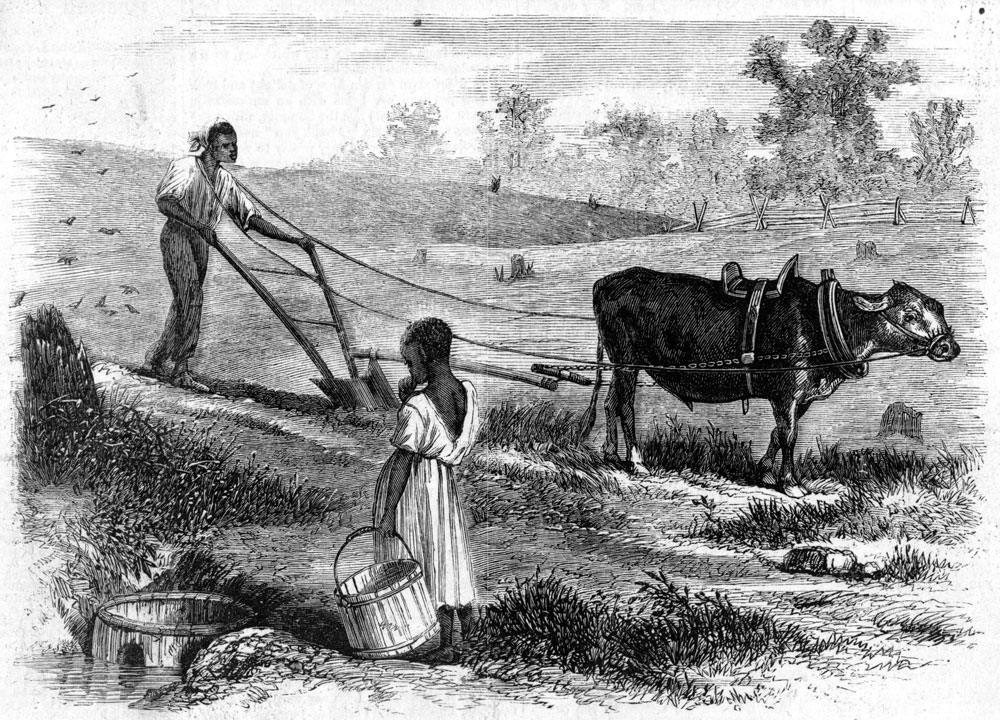This spring I taught a unit on the Civil War and Reconstruction in my junior and senior U.S. history classes. During the unit, I leaned heavily on lessons and resources created by the Zinn Education Project.
First, I taught the lesson “Who Freed the Slaves?” which allowed my students to explore the ways escaped slaves, Black soldiers, and abolitionists fought to end slavery. Students powerfully shifted their perspectives to see how Black people in particular were responsible for their own freedom through courageous struggle rather than simply being freed from a single governmental official on high.
I followed up this lesson with a Reconstruction role-play wherein my students took on the perspectives of freed people looking to address the most pressing questions after emancipation. In this lesson, students engaged with the critical questions free Black people struggled over while attempting to create a new, more just society. These questions prodded deep reflection on land ownership, political participation, community sovereignty, and self-defense.
Rather than presenting a simple two-sides situation, this lesson showed a multitude of pathways that could have been taken at this historical juncture. Most of my students shared opinions that advocated for more just and equitable solutions to problems than happened in reality. This lesson allowed my students to see the precarious and complex position freed people were in and appreciate the incredible promise present in this moment. While we continued on into the backlash against Reconstruction, this promise lingered and stood out as we considered the important legacy of this era.







Twitter
Google plus
LinkedIn